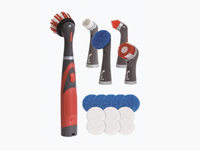Professional cleaners share the 5 things you should never steam clean
Avoid these costly mistakes
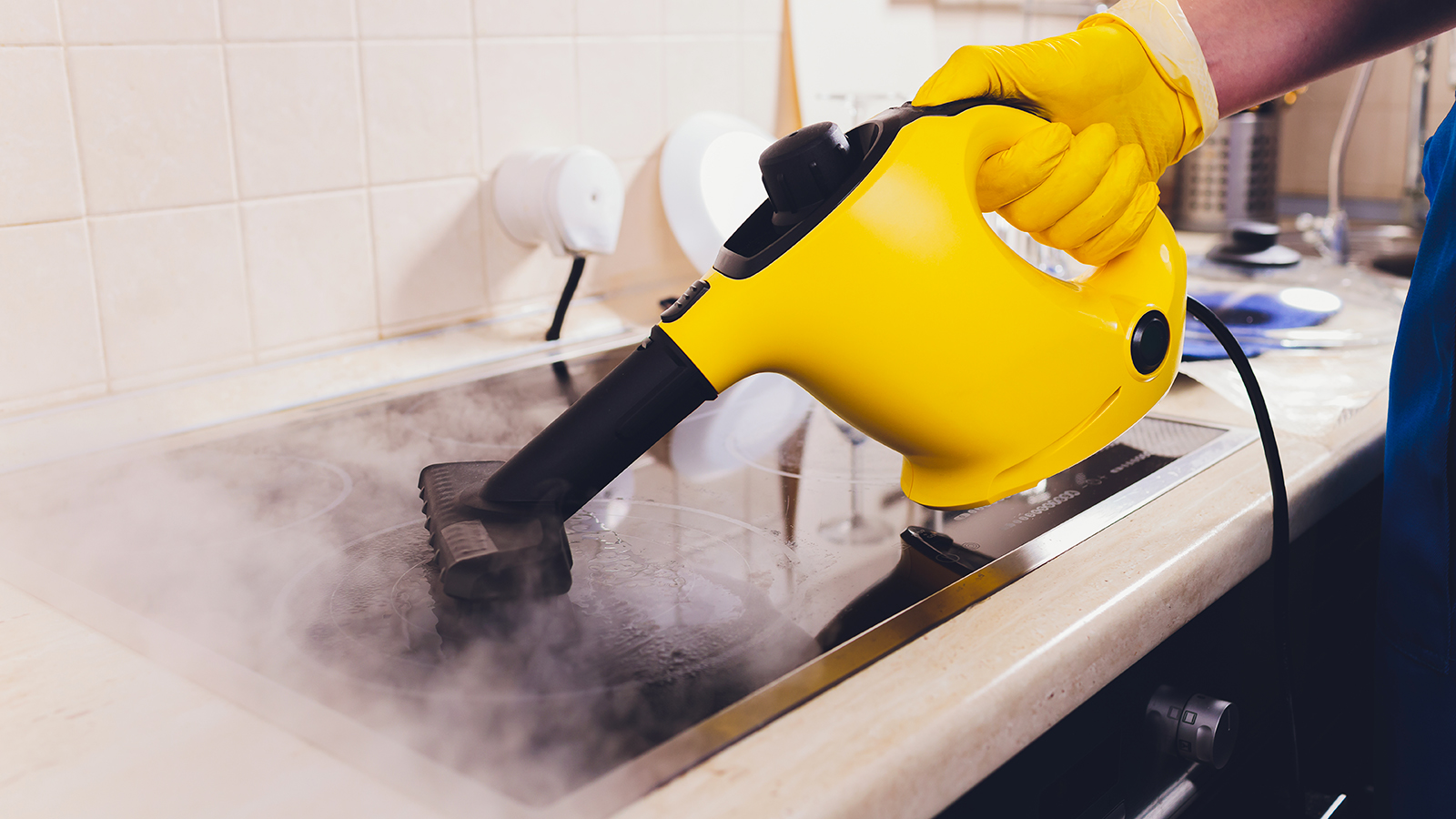
A steam cleaner is an excellent addition to your cleaning closet. Steam cleaners work by heating water to a high temperature, turning it into pressurized steam that can loosen and remove dirt from your carpets, bathrooms, or mattresses.
“Steam cleaners can be extremely useful for deep cleaning and sanitizing without using harsh chemicals,” explains Marla Mock, president of Molly Maid, a Neighborly company. “It provides a deeper clean that is also more hygienic than other methods.”
The high temperature of the steam can “Penetrate deep into the fibers [of a carpet] to loosen grime, dirt and stains,” Mock says. It also “Kills bacteria and easily removes soap scum, mildew and grime from grout, tiles, shower doors, and other tough-to-clean fixtures and penetrates deep into fabric, killing dust mites, bacteria, and allergens.”
While steam cleaners are excellent for cleaning some areas of your home, according to Mock and two other cleaning experts, there are five things you should never clean with a steam cleaner.
5 things you should never steam clean
1. Hardwood floors
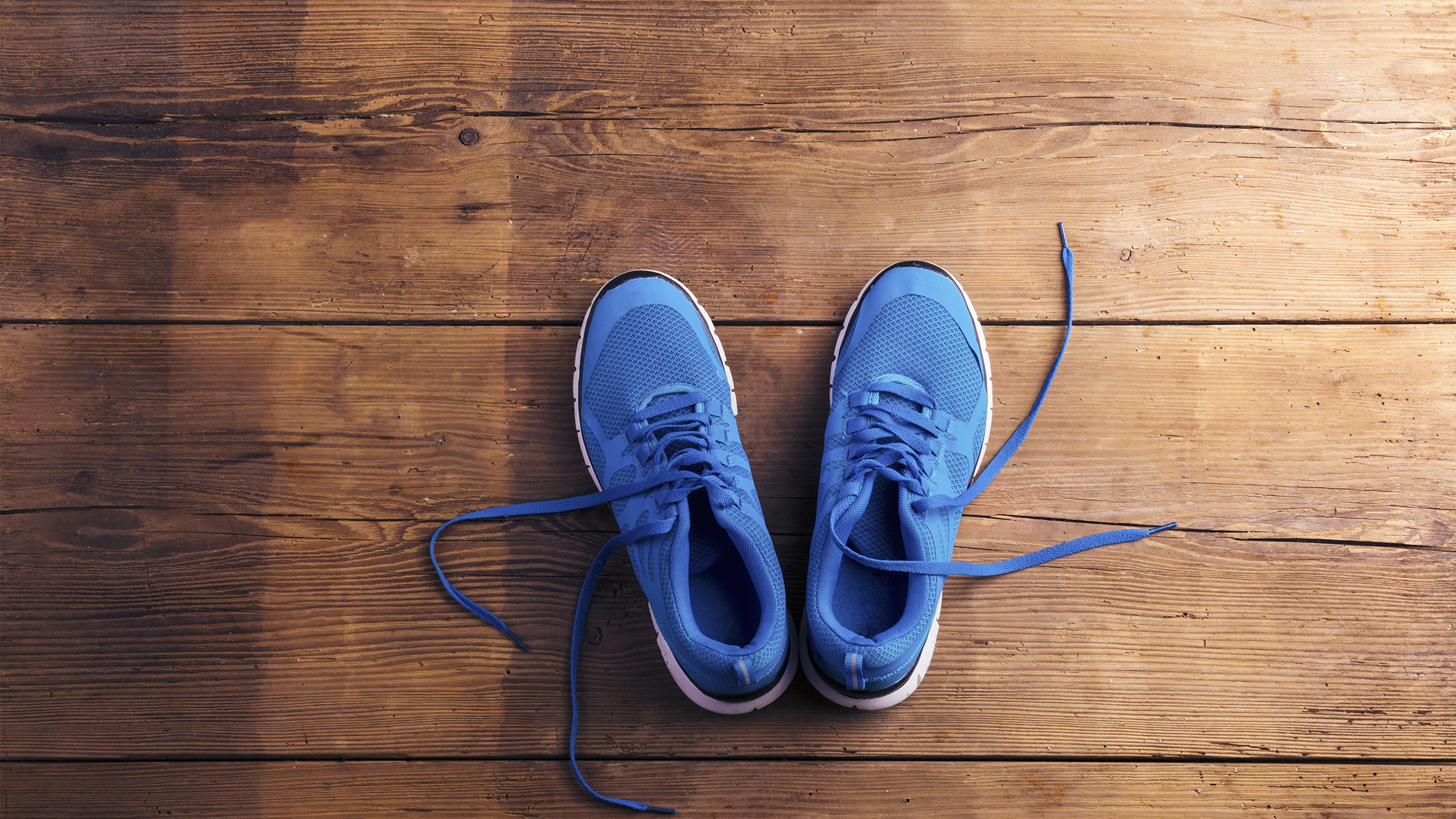
Although steam cleaners work well on carpets, keeping them away from hardwood floors is best. According to Forrest Webber, founder of Bear Brothers Cleaning in Alabama, “Steam on wood floors is like using a hairdryer on a damp sponge. The moisture can warp the wood, cause splintering, or leave your floor looking like it's had a bad day.”
Mock agrees. “You should always avoid using excessive water and heat when cleaning hardwood floors,” she says. “Excessive water can cause the wood to expand, splinter, and damage the integrity of the floor. The moisture and heat can cause the wood to buckle and swell, ruining not only its structural integrity but its finish as well.”
Instead of a steam cleaner, Webber suggests “[Using] a dry mop or a wood-safe cleaner.” Remove dust and debris first with a vacuum cleaner, then sweep gently with a microfiber dry mop. Learn how to clean hardwood floors correctly to help them look good for longer.
Sign up to get the BEST of Tom's Guide direct to your inbox.
Get instant access to breaking news, the hottest reviews, great deals and helpful tips.
2. Unsealed stone or tile grout
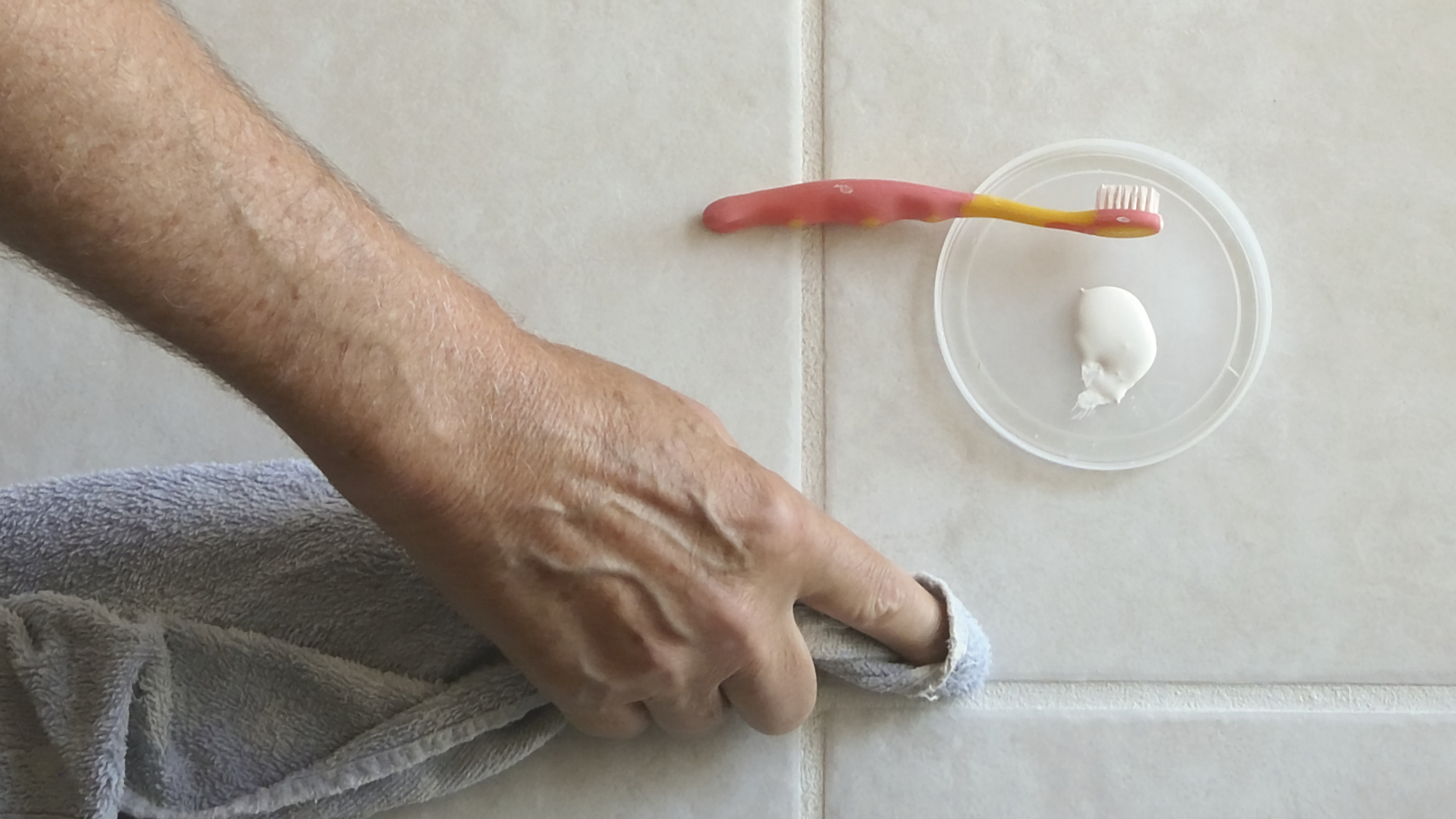
Steam cleaners can be used on stone or tile floors—but only if they’ve been sealed. According to Ryan Knoll, owner of Arizona-based Tidy Casa, “People think stone is indestructible, but unsealed stone is super porous. Steam can soak in, discolor it, or even cause cracks over time.” The result is a dull-looking and potentially dangerous flooring surface.
Be careful steam cleaning the grout around tile, as well. As Webber explains, “Unsealed grout absorbs moisture like a sponge. Steam can soak in and harm the grout, leaving behind mildew or making future cleaning much more difficult.” Left untreated, damp grout can be a haven for mold.
To clean grout properly, you’ll need to use some elbow grease. “Use a grout brush and cleanser to perform a standard scrub,” advises Webber.
This 18-piece electronic cleaning kit from Rubbermaid has attachments for cleaning grout and scrubbing tiles, all in one handheld device.
3. Cold windows
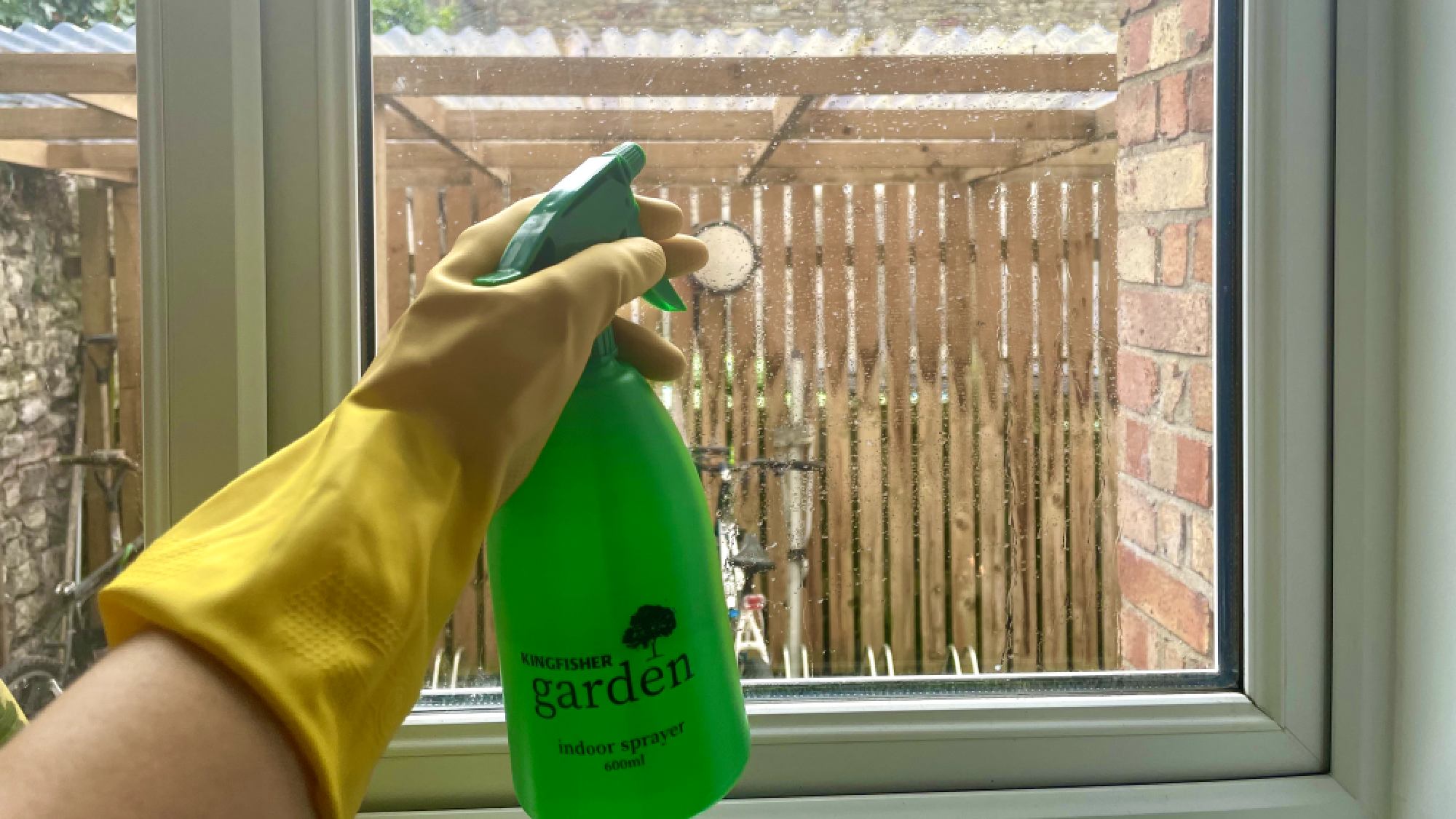
Steam can clean your windows without leaving streaks or residue—but check the window temperature before you start. “You shouldn’t use a steam cleaner on cold windows because the sudden temperature change can cause the windows to crack,” explains Mock. “If you choose to use a steam cleaner on your windows, it's best to do so in the warmer months.”
Instead, use window cleaner or a homemade solution to keep your windows clean and streak-free during colder weather.
4. Delicate and synthetic fabrics
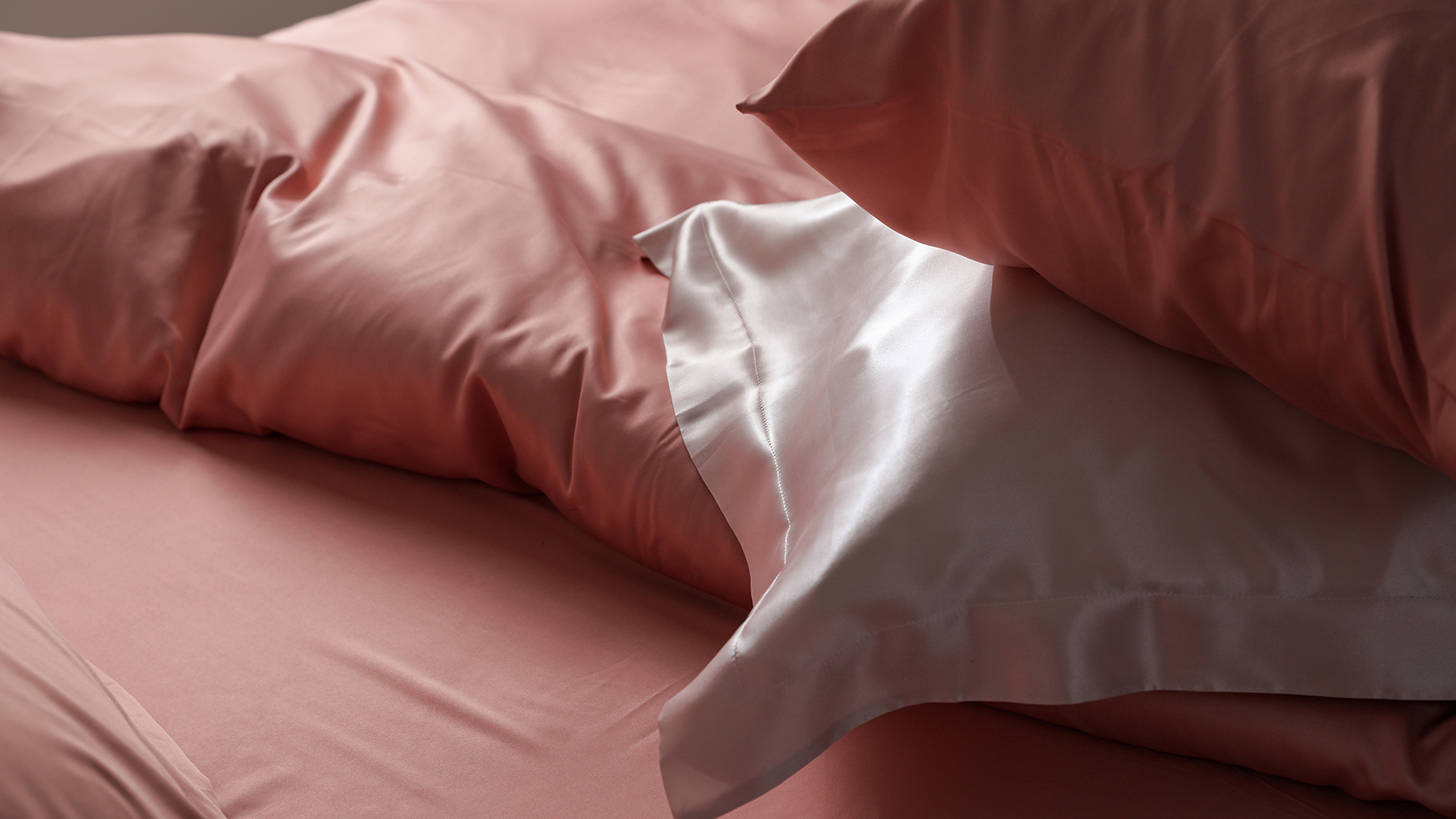
Steam can remove wrinkles from clothes and freshen them up without washing and ironing them. But steam doesn’t mix with certain synthetic and delicate fabrics. Mock says, “The heat and moisture can damage leather or synthetic fabric, causing it to shrink, warp, discolor, crack or lose its shape.
Knoll adds that steam can also ruin delicate materials. “Steam can shrink silk, ruin the texture of velvet, or leave upholstery looking sad and limp,” he says.
“The cheat code is to check those fabric tags, and when in doubt, skip the steam and stick to spot cleaning or dry methods,” says Knoll.
5. Painted or wallpapered walls

When was the last time you cleaned your walls? Unless you have a child who frequently draws on them or a dog who shakes drool everywhere, your walls could go months or longer without cleaning. But keep that steam cleaner away from them.
“Consider steam to be the companion of a paint remover,” says Webber. “Paint may bubble, peel, or fade as a result.” And wallpaper is no exception. As Knoll explains, the wallpaper will “Peel faster than a sticker in the Arizona sun” when exposed to steam. “The heat and moisture mess with the adhesive, causing it to lift, bubble, or, in extreme cases, peel off completely,” adds Webber.
“Use a soft cloth and a mild cleanser instead of steaming painted surfaces,” recommends Webber. “You won't have to repaint your walls after each cleaning because they will remain intact.” For wallpaper, he suggests using “Gentle wipes or a wallpaper-specific cleaner.”
A steam cleaner can be an excellent addition to your cleaning arsenal, but it’s not meant for everything. Before you use it, check that the surface you want to clean is steam-safe, and look for other cleaning methods to avoid damage.
More from Tom's Guide

Catherine Hiles has over a decade of experience writing and editing on various topics, including home improvement, personal finance, home finances, pet ownership, and parenting. Her work has been featured on BobVila.com, TIME Stamped, The Penny Hoarder, and more. In her spare time, Catherine enjoys running, reading, spending time with her kids and dogs, and tackling projects around the house.
